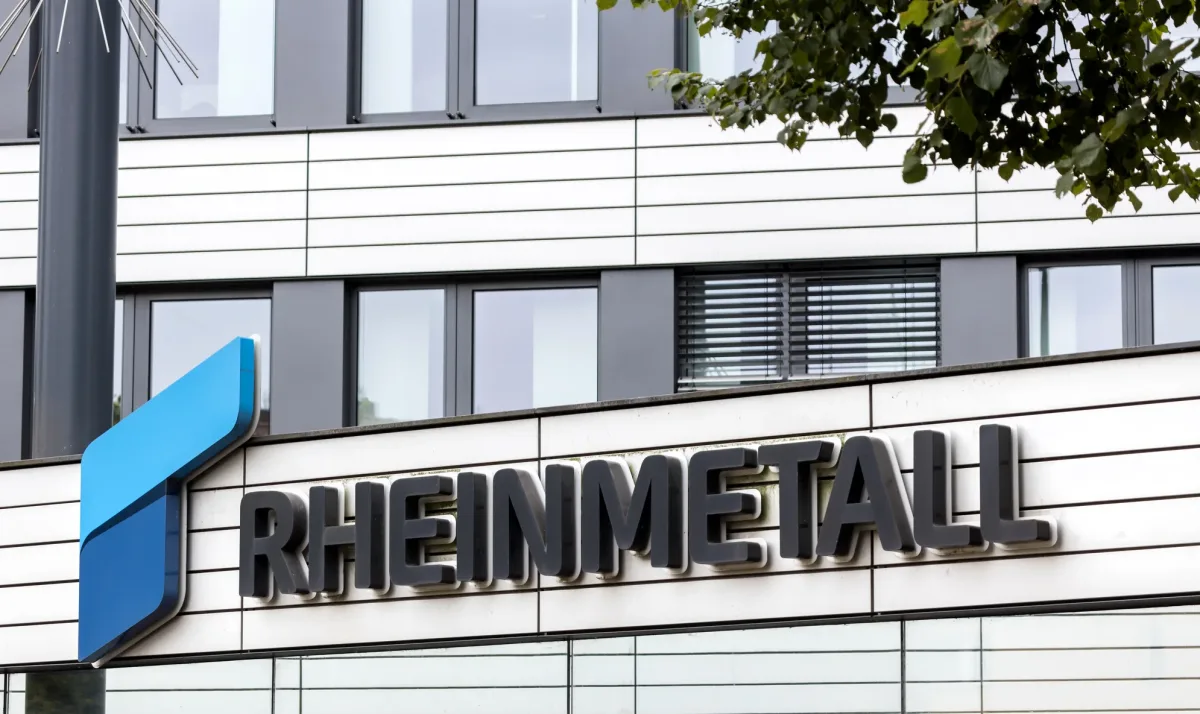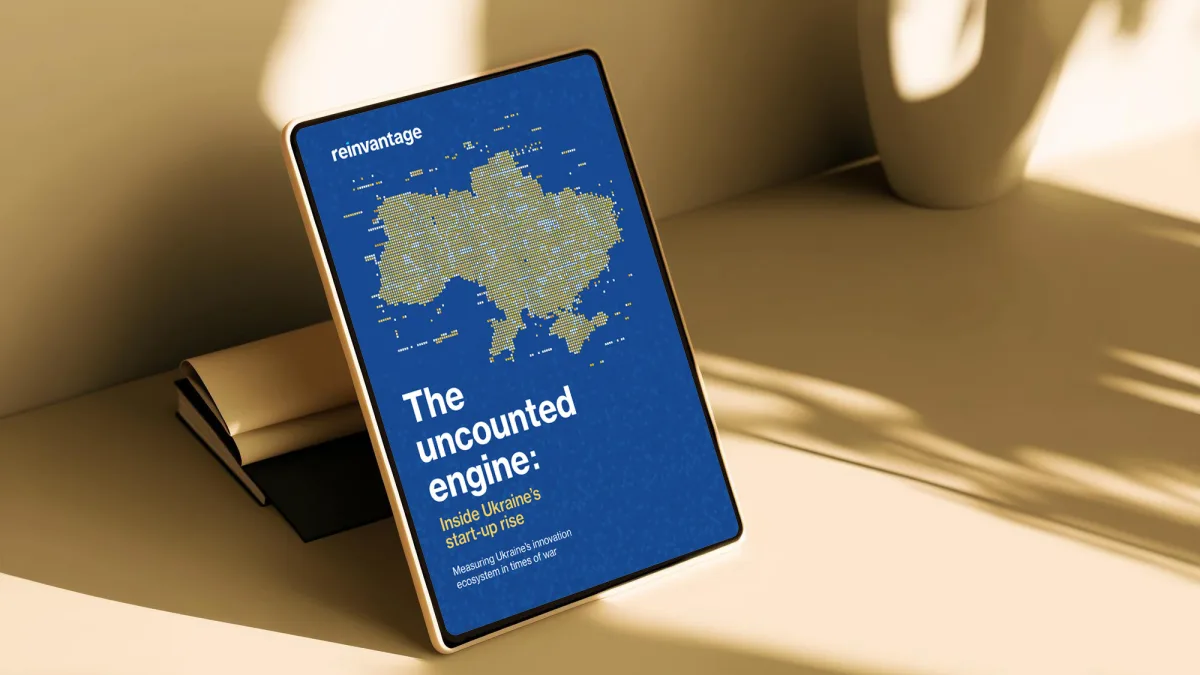The irony would be amusing if it weren’t so serious. For years, European investors treated defence stocks like ethical lepers, banishing them from portfolios with the same disdain reserved for tobacco and coal companies.
Today, those same shares are the continent’s darlings, with European defence stocks adding 35 billion US dollars in market capitalisation in one single day earlier this year and the aerospace and defence sector index more than doubling since Russia invaded Ukraine in February 2022.
This shift represents more than a simple market rotation. It signals a full-scale recalibration of Europe’s investment portfolios, driven by the reality of war on the continent’s doorstep and the shifting strategic priorities of Donald Trump’s US.
The ESG awakening
The shift began with a reckoning over Environmental, Social, and Governance (ESG) investing. Until recently, European asset managers held just 0.7 per cent of their portfolios in aerospace and defence, with many sustainable funds avoiding the sector entirely. Even companies with substantial civilian operations—Rolls-Royce and Airbus among them—found themselves excluded from ESG-compliant portfolios.
The justification was straightforward: defence companies failed the ‘do no significant harm‘ test that underpins much of European sustainable finance regulation. Some 74 per cent of all climate-transition fund assets globally were tracking an EU climate benchmark that restricted investment in companies involved in controversial weapons.
But sentiment has shifted decisively. European asset managers now hold 1.1 per cent of their portfolios in aerospace and defence, up from 0.7 per cent two years ago, with even ESG fund holdings rising. Britain’s largest investor, Legal & General, acknowledges that the sector’s appeal has, ‘risen dramatically’ amid deepening geopolitical tensions.
The change reflects a broader philosophical evolution. As Carl Haglund, CEO of Finnish pension group Veritas and former defence minister, observes: “We’re coming to a point where the atmosphere is that if you rule out defence, you’re the one who has to explain, not the other way around.”
Numbers that command attention
The financial performance has been impossible to ignore. German arms maker Rheinmetall gained as much as 11 per cent to a record high in a single session, whilst Rolls-Royce stock has surged 103.95 per cent since March 2024. The sector’s momentum appears unstoppable: EU member states’ total defence expenditure is expected to have risen more than 30 per cent to 326 billion euros in 2024.
This spending surge has created opportunities beyond traditional defence giants. European Commission President Ursula von der Leyen’s announcement in March of plans to mobilise up to 800 billion euros in new defence spending over four years represents a near doubling of current expenditures, and that was before NATO members committed to a five per cent spending target at this week’s summit in the Hague.
The start-up gold rush
Perhaps nowhere is the shift more evident than in the venture capital world. Venture capital investment in Europe’s defence start-ups hit a record one billion US dollars billion in 2024, with investment into European defence tech increasing by over 500 per cent from 2021 to 2024 compared to the preceding three years.
When funding for security and resilience start-ups is factored in, the whole sector secured a record 5.2 billion US dollars bin venture capital last year, representing an all-time high of 10 per cent of all VC funding in Europe. Munich has emerged as the epicentre of this activity, attracting most capital among European cities, partly thanks to Helsing’s 487 UD dollars million fundraise in 2024.
The wider funding picture reveals both opportunity and constraint. Whilst traditional ESG restrictions have limited investment in lethal weaponry, the focus on dual-use technologies—those with both civilian and military applications—has opened new avenues for innovation. Despite the EU’s support for Ukraine, only Estonia and Finland have established government-backed funds allowing for investments into lethal, single-use technology.
Institutional evolution
The investment industry’s transformation extends beyond individual portfolio decisions to institutional reform. Euronext has announced plans to revisit ESG index methodologies to limit exclusions placed on defence companies, whilst more than 100 UK Labour MPs recently urged banks and fund managers to rethink ESG mechanisms that ‘often wrongly exclude all defence investments as unethical’.
The European Securities and Markets Authority’s new fund naming rules have added urgency to these discussions. Up to 500 funds might need to rename or divest from companies involved in controversial weapons, creating pressure for clearer regulatory guidance on what constitutes acceptable defence investment.
The inexorable logic
Trump’s demands that European nations shoulder greater defence responsibility have created political imperatives that transcend investment fashion. It is Trump, who has repeatedly accused Europe of freeloading on US security guarantees, who pushed hardest for NATO members to spend five per cent of GDP on defence.
As Holger Schmieding, chief economist at Berenberg Bank, noted earlier this year, “In response to Trump and [Russian President Vladimir] Putin, Europe will raise its defence spending significantly. That is very positive for its defence companies. Their long-term prospects are bright.”
For start-ups, the opportunity looks attractive. One expert recently suggested that a balanced approach incorporating both the agility of start-ups and the established capabilities of traditional defence players could be essential as countries increase spending.
The sector’s relative immaturity—the emerging European defence tech start-up ecosystem is about five years behind the US—suggests substantial room for growth.
The shift of defence from investment pariah to portfolio priority represents more than cyclical opportunism. It reflects Europe’s grudging acceptance that security, like prosperity, requires capital. The continent’s investors, having spent years excluding an entire industry on moral grounds, now find themselves scrambling to participate in its renaissance.
The irony may be lost on fund managers calculating returns, but history will note the speed with which principles yielded to pragmatism.
Photo: Dreamstime.







